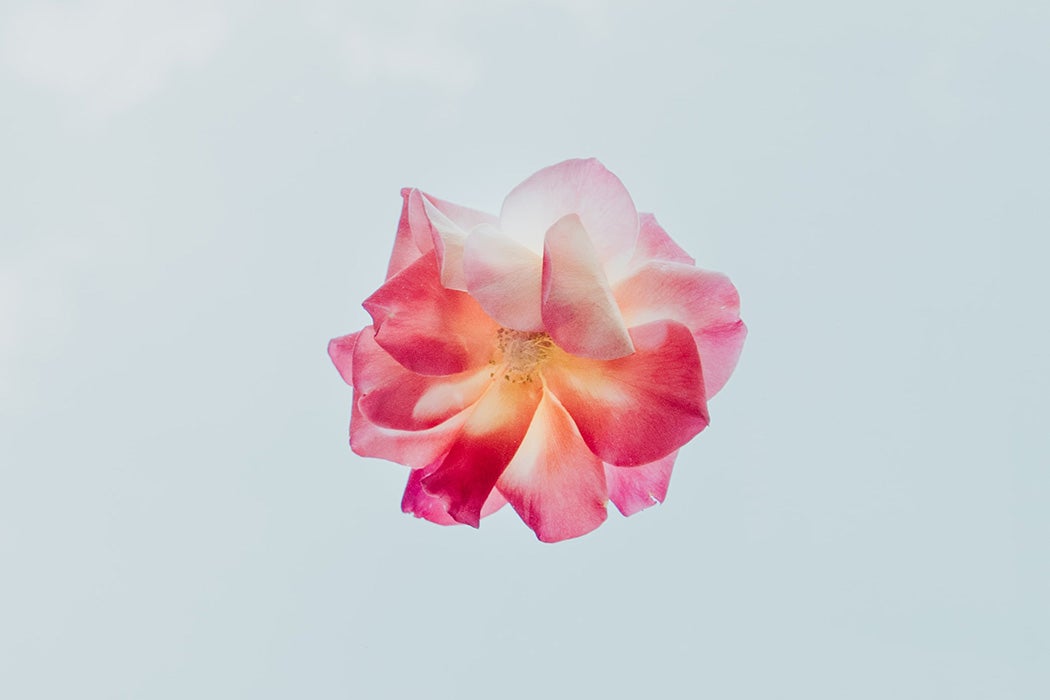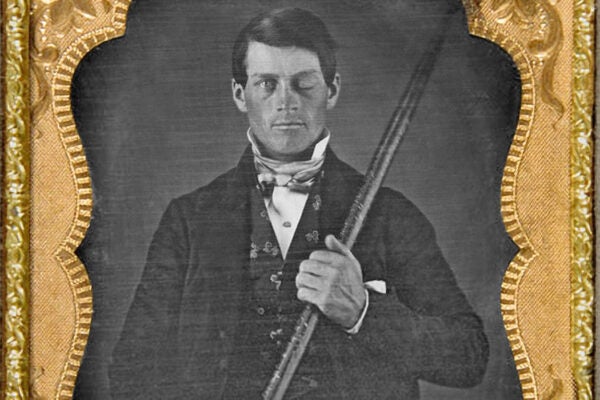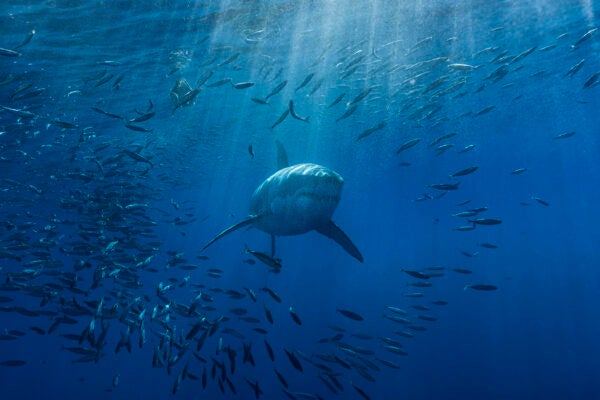The probability of disaster (The New Yorker)
by Bernard Avishai
COVID-19 was in no way unpredictable. But it does point to the way that an increasingly interdependent world is more likely to experience enormous crises, from old-fashioned pandemics to truly unforeseeable events.
How weirdness warps our sense of time (Longreads)
by Robert Burke Warren
Do you feel like weeks are lasting a lot longer lately? You may be experiencing the Oddball Effect, a disconcerting phenomenon that might also help us navigate strange times.
Finding an Antarctic accent (Atlas Obscura)
by Isaac Schultz
We all know accents are different in different cities, where generations of people have grown up talking mostly with their neighbors. But in situations of extreme isolation, like research stations in Antarctica or a potential voyage to Mars, it can happen much faster.
The resilience of flowers (Vox)
by Brian Resnick
Think you feel fragile? Try being a flower, with no way to escape danger and few physical defenses. Turns out, many flowers have found ways to remain resilient in the face of damage that might otherwise destroy a plant’s chance of reproducing.
Dancing with death (Jezebel)
by Stassa Edwards
Artists depicted the devastation of plague in the Danse Macabre. Dancing manias struck communities plagued with famine and disease. And today, we have a whole new crop of COVID-themed TikToks. Why do we so often tie death to dancing?
Got a hot tip about a well-researched story that belongs on this list? Email us here.






